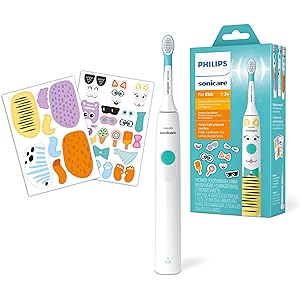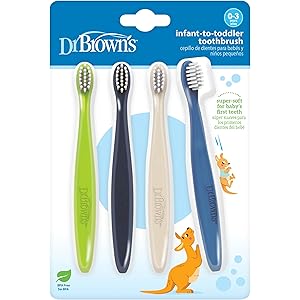Philips Sonicare for Kids Design a Pet Edition, Corded Electric, HX3601
$29.96 (as of October 25, 2025 00:06 GMT +00:00 - More infoProduct prices and availability are accurate as of the date/time indicated and are subject to change. Any price and availability information displayed on [relevant Amazon Site(s), as applicable] at the time of purchase will apply to the purchase of this product.)Understanding Assisted Delivery Techniques
Assisted delivery techniques refer to various medical interventions used during childbirth to aid the delivery process. These methods are employed when the labor is prolonged, or when the health of the mother or baby is at risk. Understanding these techniques is crucial for expectant parents, as they can significantly impact the birthing experience and outcomes.
Types of Assisted Delivery Techniques
There are several types of assisted delivery techniques, including vacuum extraction, forceps delivery, and cesarean section. Each method has its own indications, benefits, and risks. Vacuum extraction involves using a suction cup to help guide the baby out of the birth canal, while forceps delivery utilizes a pair of curved instruments to grasp the baby’s head. Cesarean sections, on the other hand, are surgical procedures used when vaginal delivery poses a risk to the mother or child.
Vacuum Extraction
Vacuum extraction is a common assisted delivery technique that can be used during the second stage of labor. This method is particularly useful when the mother is unable to push effectively due to exhaustion or medical conditions. The vacuum device creates a gentle suction on the baby’s head, allowing the healthcare provider to assist in guiding the baby through the birth canal. While generally safe, it is important to monitor for potential complications, such as scalp injuries or increased risk of jaundice.
Forceps Delivery
Forceps delivery is another assisted delivery technique that may be employed when the baby needs assistance during delivery. This method requires the use of forceps, which are shaped like large spoons, to gently grasp the baby’s head and help guide it out of the birth canal. Forceps delivery can be beneficial in cases of fetal distress or when the mother is unable to push effectively. However, it carries risks, including potential injury to the baby or mother, and should only be performed by skilled healthcare professionals.
Cesarean Section
A cesarean section, often referred to as a C-section, is a surgical procedure used to deliver a baby through incisions made in the mother’s abdomen and uterus. This assisted delivery technique is typically reserved for situations where vaginal delivery is deemed unsafe, such as in cases of placenta previa, fetal distress, or multiple births. While C-sections can be life-saving, they also involve longer recovery times and increased risks of complications compared to vaginal births.
Indications for Assisted Delivery
Assisted delivery techniques are indicated in various scenarios, including prolonged labor, fetal distress, or maternal exhaustion. Healthcare providers assess the situation carefully to determine the most appropriate method of assistance. Factors such as the baby’s position, the mother’s health, and the progress of labor all play a critical role in deciding whether to employ assisted delivery techniques.
Benefits of Assisted Delivery Techniques
The primary benefit of assisted delivery techniques is the potential to expedite the birthing process while ensuring the safety of both mother and baby. These methods can help prevent complications associated with prolonged labor, such as infection or fetal distress. Additionally, assisted delivery techniques can provide a sense of control and support for mothers who may feel overwhelmed during labor.
Risks and Considerations
While assisted delivery techniques can be beneficial, they also come with inherent risks. Potential complications may include injury to the mother or baby, increased recovery time, and the need for additional medical interventions. It is essential for expectant parents to discuss these risks with their healthcare provider to make informed decisions about their birthing plan.
Preparing for Assisted Delivery
Preparation for assisted delivery techniques involves open communication with healthcare providers and understanding the potential scenarios that may arise during labor. Expectant parents should discuss their birth plan, preferences, and any concerns they may have regarding assisted delivery techniques. Being informed and prepared can help alleviate anxiety and ensure a smoother birthing experience.
Post-Delivery Care
After assisted delivery techniques are employed, both mother and baby require careful monitoring and care. Healthcare providers will assess the baby’s health, looking for any signs of complications resulting from the delivery method used. Mothers may also need additional support during recovery, especially if they underwent a cesarean section or experienced significant interventions during labor.



